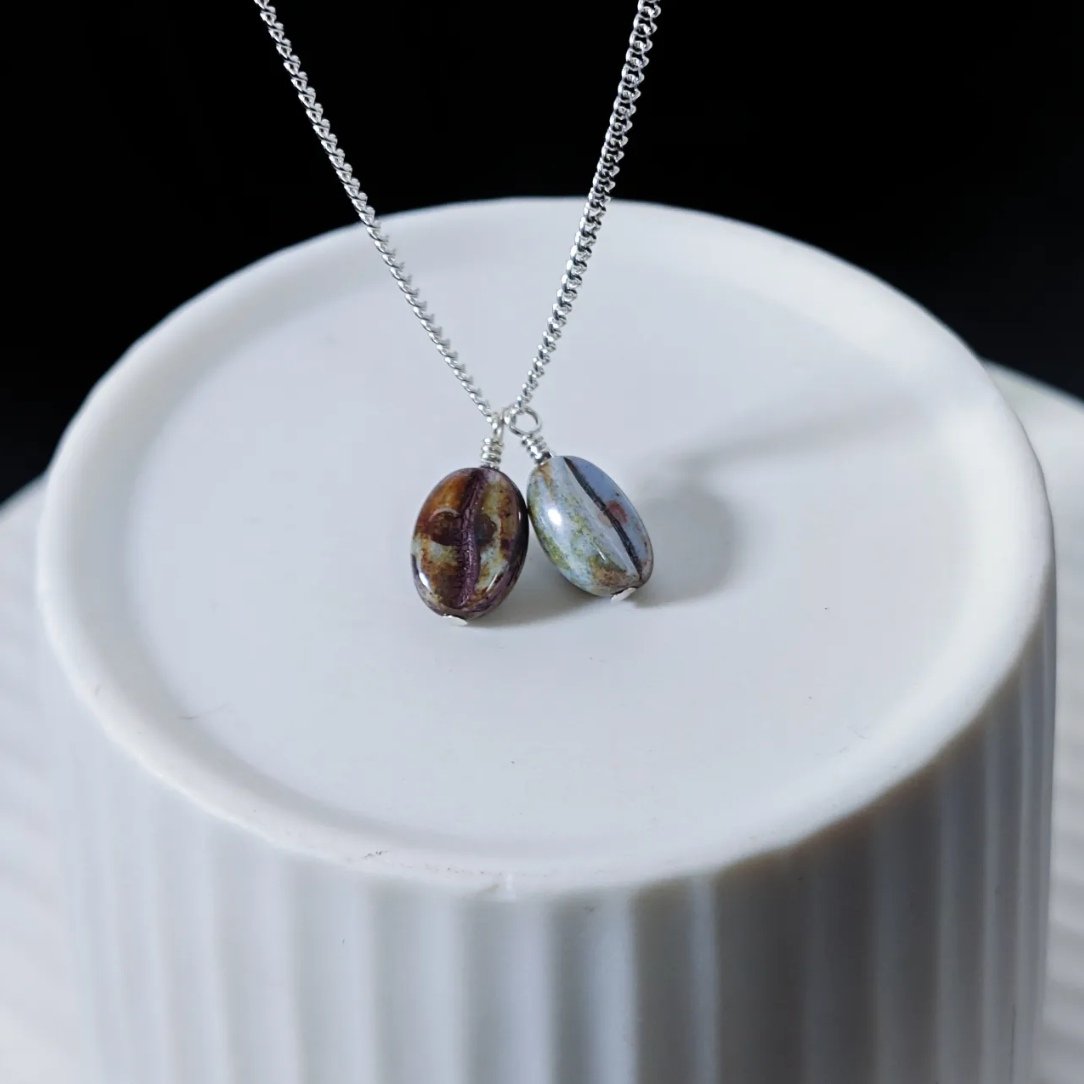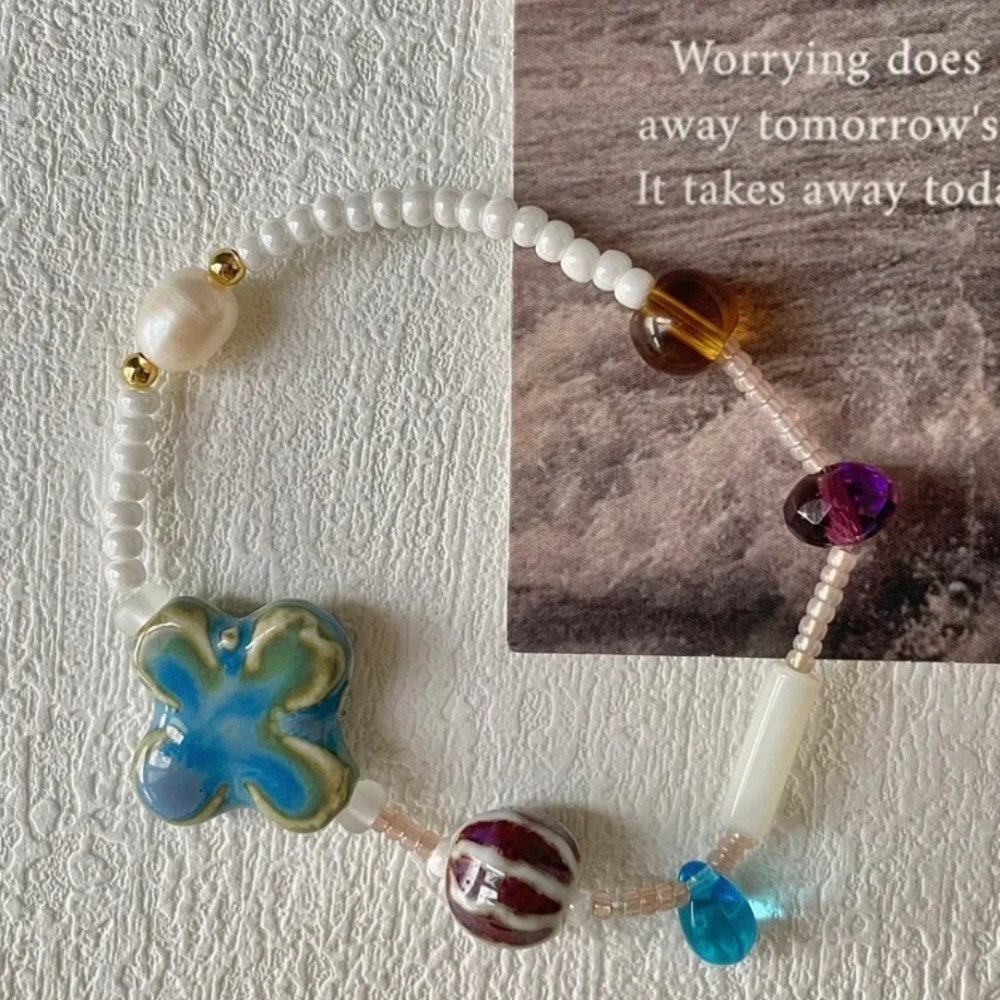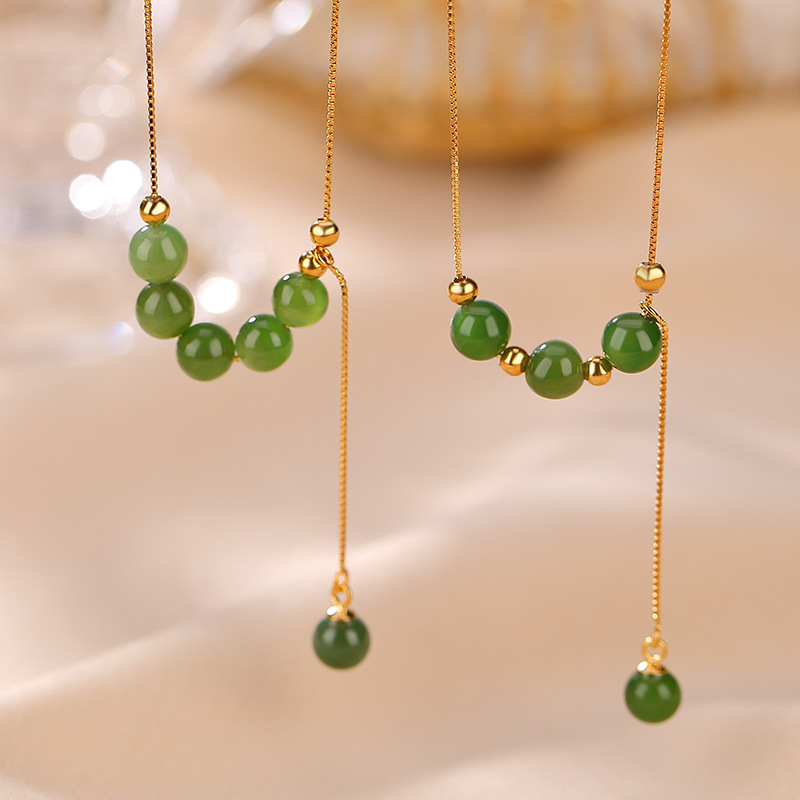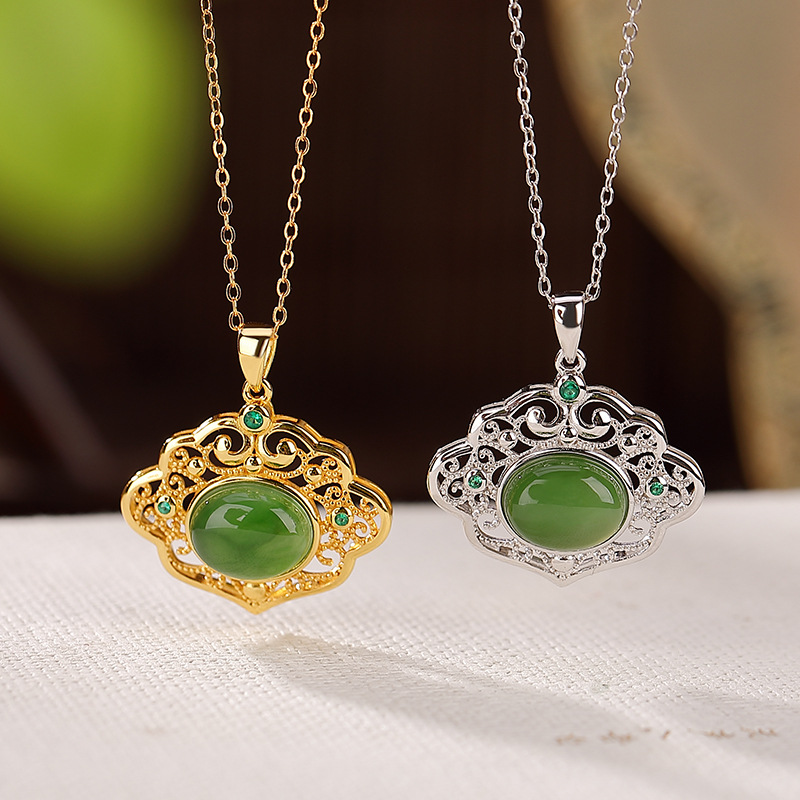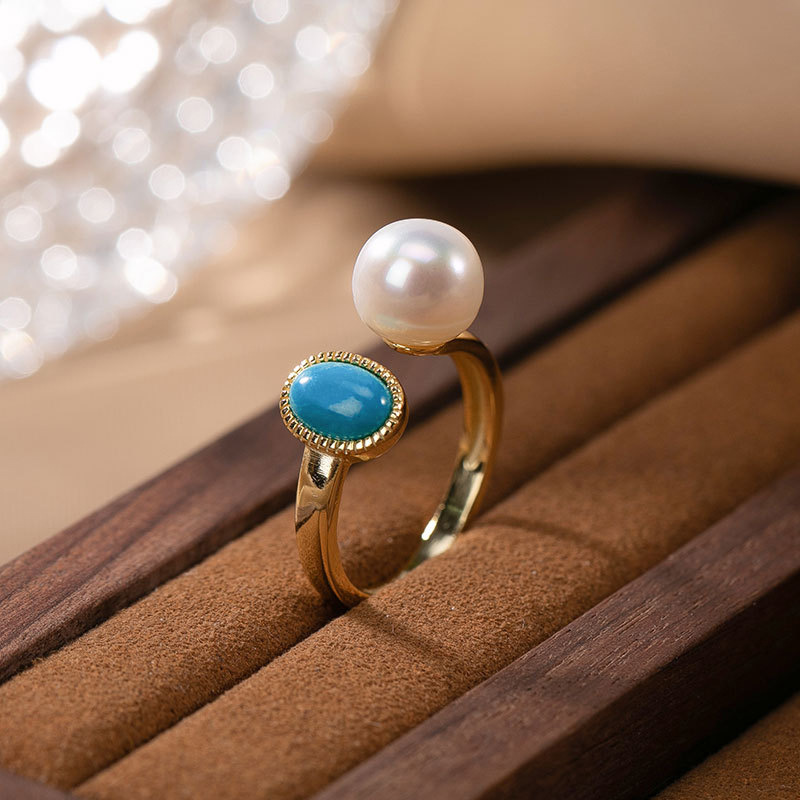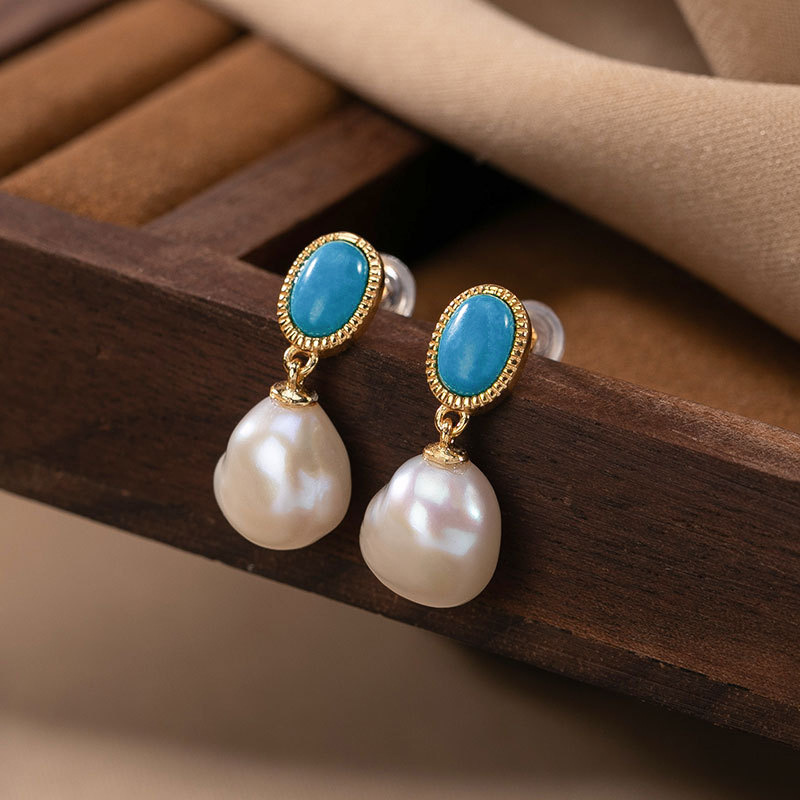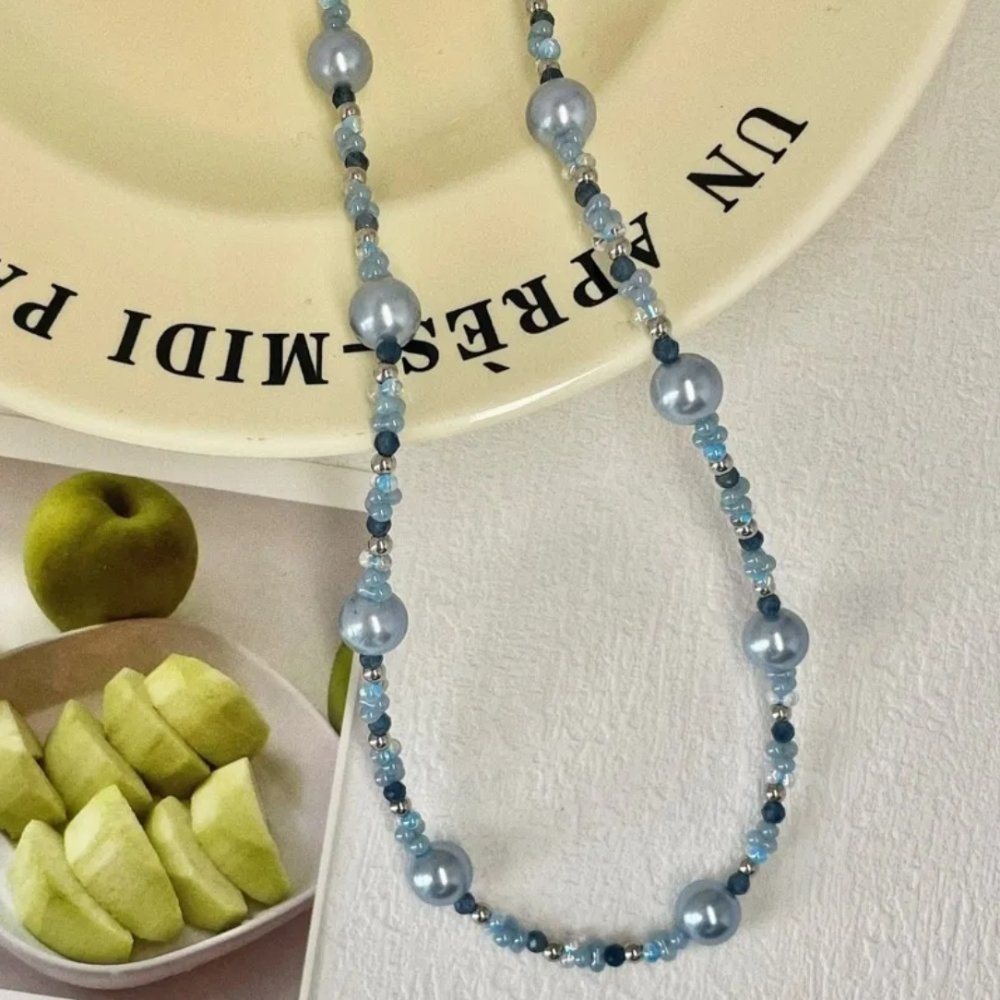
History and evolution of necklace styles
Table of Contents
Necklaces are one of the oldest forms of jewelry, with a rich history that spans thousands of years and cultures around the world. The evolution of necklace styles reflects changes in materials, technology, cultural trends, and social customs. Let’s explore the history and evolution of necklace styles, highlighting key developments and trends over time.
Prehistoric Necklaces
Necklaces have been worn since prehistoric times. Early necklaces were made from natural materials like shells, bones, teeth, and stones. These necklaces were often used for ritualistic or ceremonial purposes, serving as amulets, talismans, or symbols of status within a group.
Ancient Civilizations
As human societies became more complex, so did the design and use of necklaces. In ancient civilizations such as Mesopotamia, Egypt, Greece, and Rome, necklaces were crafted from a wider range of materials, including precious metals like gold and silver, as well as gemstones such as lapis lazuli, turquoise, and carnelian.
- Egypt: In ancient Egypt, necklaces were intricately designed and often included symbolic motifs. The use of gold and precious stones was prevalent, with necklaces serving both decorative and religious functions.
- Greece and Rome: In ancient Greece and Rome, necklaces were often adorned with intricate designs and were considered symbols of wealth and status. The Romans, in particular, were known for their use of gold chains and pendants.
Middle Ages and Renaissance
During the Middle Ages, necklaces were typically worn by the nobility and clergy. Religious symbols like crosses became common, and necklaces were used to display devotion and allegiance. The Renaissance period saw a resurgence in elaborate jewelry designs, with necklaces becoming more decorative and ornate.
- Medieval Europe: Necklaces during this time were often made from gold or silver, with religious pendants such as crosses or reliquaries. The Church played a significant role in the design and use of necklaces.
- Renaissance Europe: The Renaissance was a period of artistic and cultural revival, leading to more elaborate necklace designs. The use of gemstones, pearls, and intricate metalwork became more prevalent, and necklaces were often worn as status symbols.
18th and 19th Centuries
The 18th century saw a shift towards more elaborate jewelry, with necklaces becoming part of high fashion. The use of diamonds and other precious gemstones became more common, especially among the European aristocracy. During the 19th century, the Victorian era in England popularized lockets and sentimental jewelry.
- Rococo and Baroque: These periods were known for their ornate and elaborate designs, with necklaces featuring intricate metalwork and gemstones.
- Victorian Era: The Victorian period was characterized by sentimental jewelry, with lockets and cameo pendants becoming popular. Jewelry often contained hidden compartments for photographs or other personal items.
20th Century and Beyond
The 20th century saw significant changes in necklace styles, with the influence of modern art and design movements, as well as the rise of new materials and manufacturing techniques. The following key trends emerged:
- Art Nouveau and Art Deco: The Art Nouveau movement focused on natural forms and flowing lines, leading to intricate and organic necklace designs. Art Deco, on the other hand, embraced geometric shapes and bold colors.
- Mid-20th Century: Following World War II, necklaces became more affordable and accessible due to mass production. This era saw a rise in costume jewelry and a focus on bold, statement pieces.
- Late 20th Century: The late 20th century saw a diversification in necklace styles, with a resurgence of minimalist designs and personalized jewelry. The 1980s and 1990s embraced bold and chunky necklaces, while the minimalist trend emerged in the late 1990s.
- 21st Century: The 21st century has seen a mix of traditional and modern styles. Layered necklaces, chokers, and personalized pendants are popular, along with a renewed interest in sustainable and eco-friendly materials.
Conclusion
The history and evolution of necklace styles demonstrate the enduring appeal of necklaces across cultures and eras. From ancient amulets to modern personalized pendants, necklaces have always been a powerful form of self-expression and a reflection of cultural trends. As fashion and technology continue to evolve, so will necklace styles, offering a diverse and ever-changing array of designs to suit every taste and occasion.
-
Product on sale
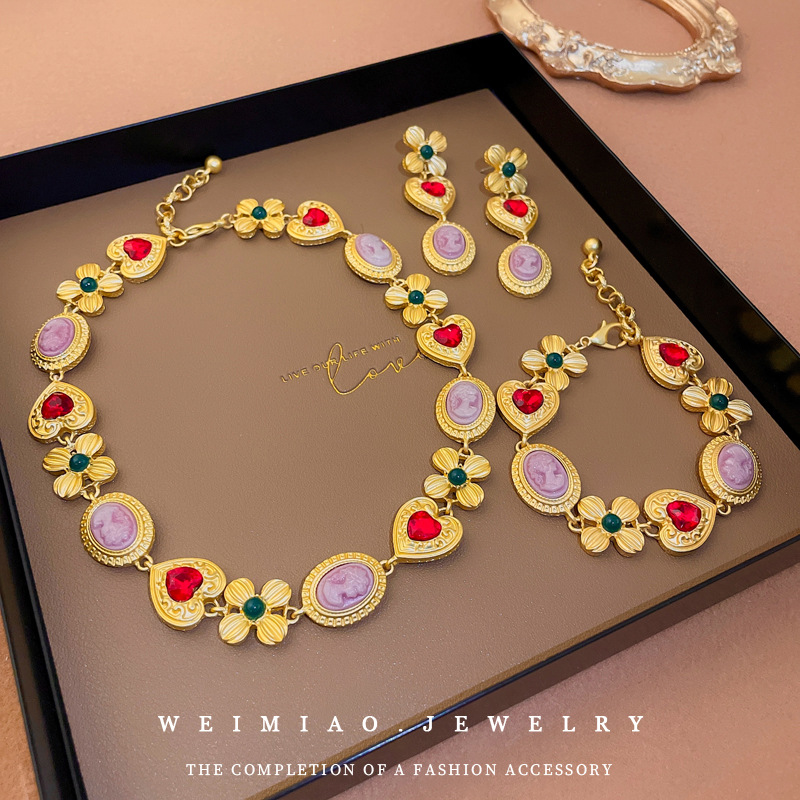 Flower portrait diamond love necklace bracelet, silver needle earrings, retro jewelry, palace style clavicle chain$9.00 – $13.90
Flower portrait diamond love necklace bracelet, silver needle earrings, retro jewelry, palace style clavicle chain$9.00 – $13.90 -
Product on sale
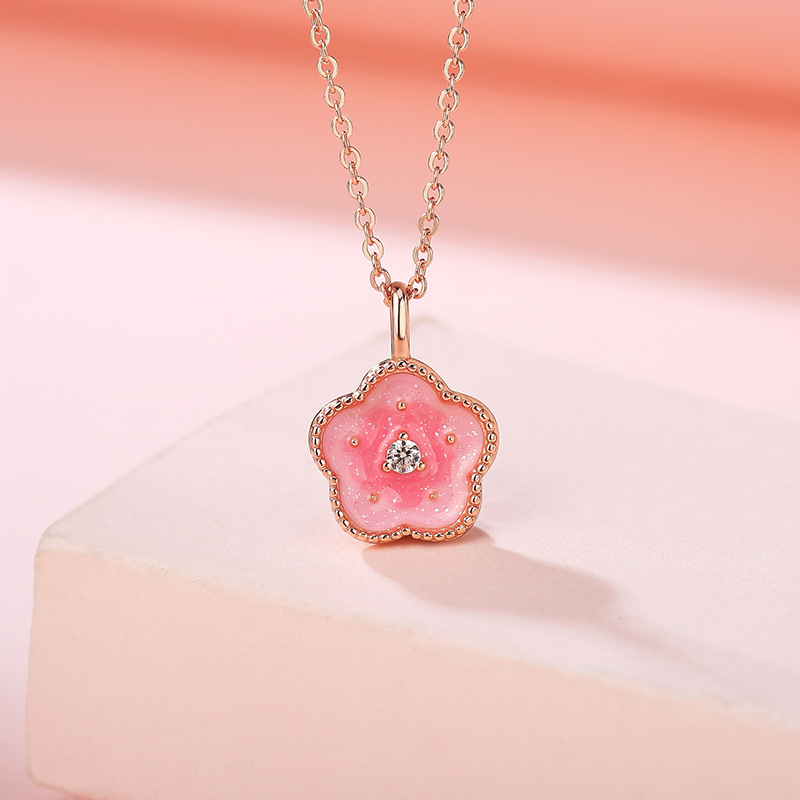 S925 sterling silver necklace, peach blossom necklace,pendant necklace,Enamel pendant,delicate gold pendant necklace for womenOriginal price was: $19.00.$12.00Current price is: $12.00.
S925 sterling silver necklace, peach blossom necklace,pendant necklace,Enamel pendant,delicate gold pendant necklace for womenOriginal price was: $19.00.$12.00Current price is: $12.00. -
Product on sale
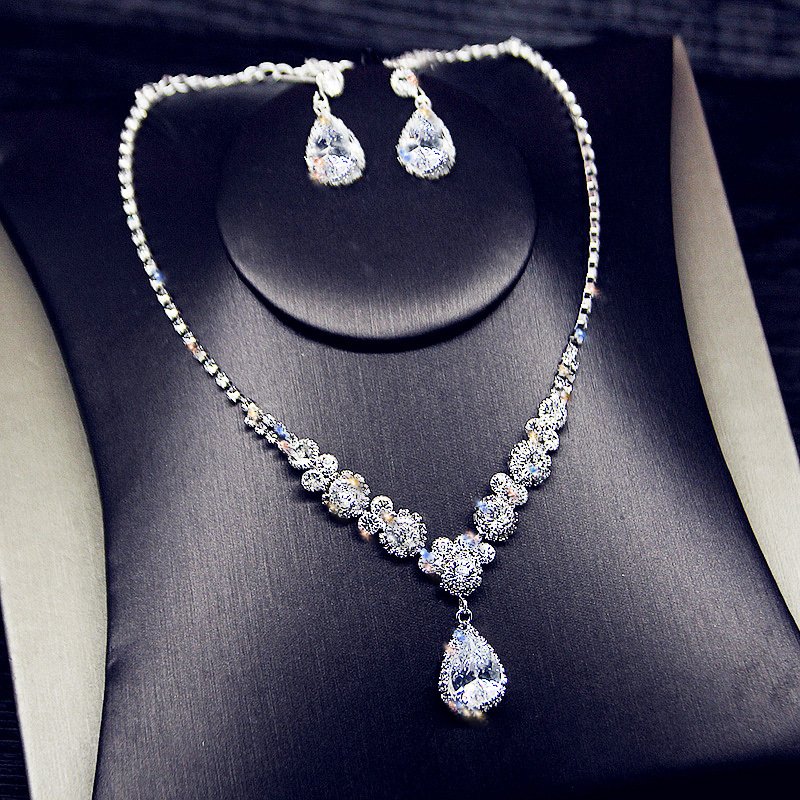 Wedding Women’s Necklace Earring Set, Zircon Water Drop Earring Necklace, Bride Wedding Dress Necklace, Evening Banquet AccessoriesOriginal price was: $12.00.$7.00Current price is: $7.00.
Wedding Women’s Necklace Earring Set, Zircon Water Drop Earring Necklace, Bride Wedding Dress Necklace, Evening Banquet AccessoriesOriginal price was: $12.00.$7.00Current price is: $7.00.
